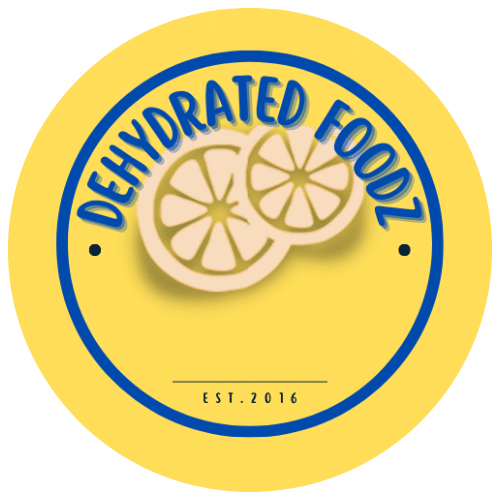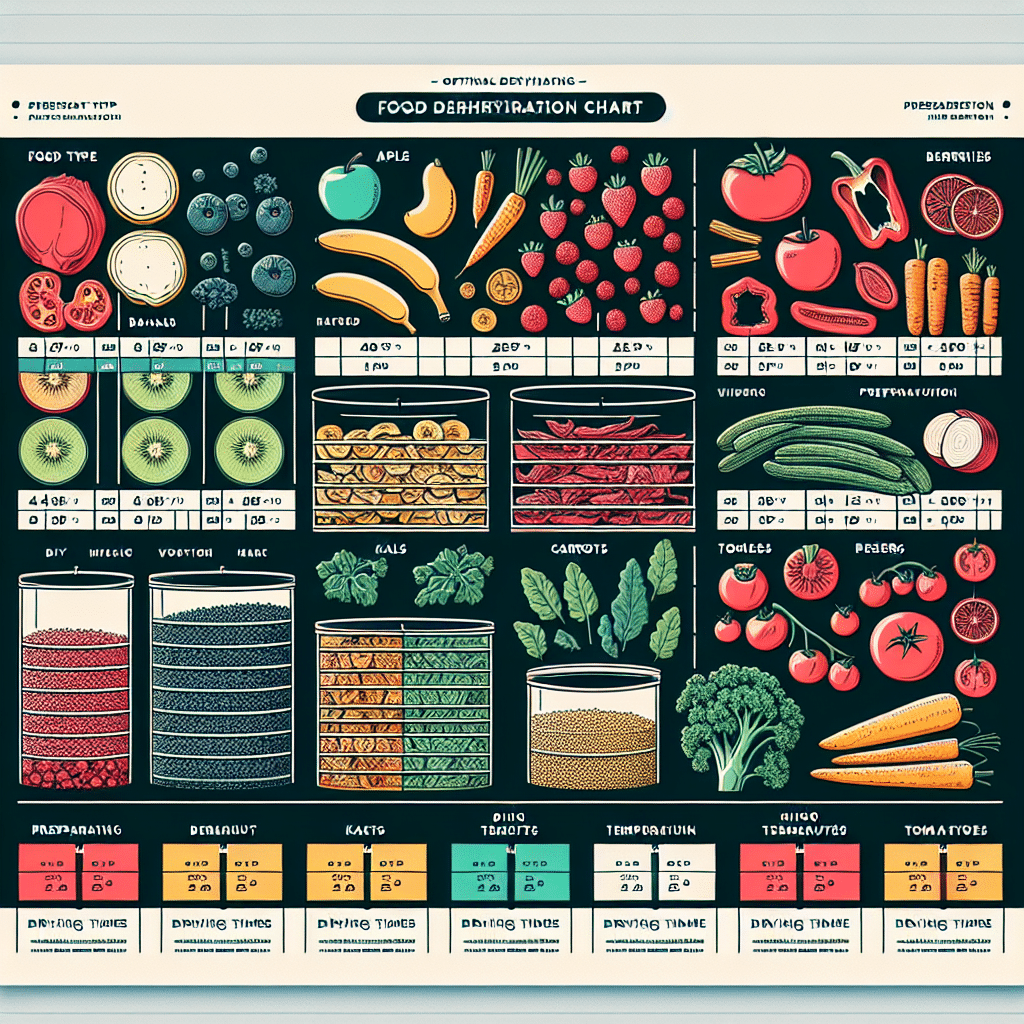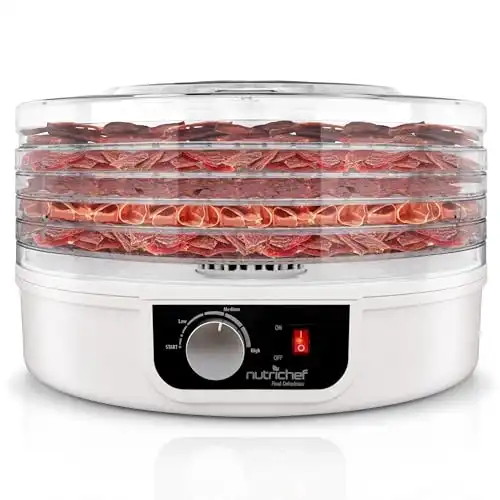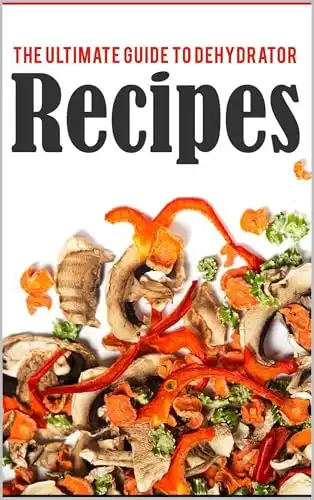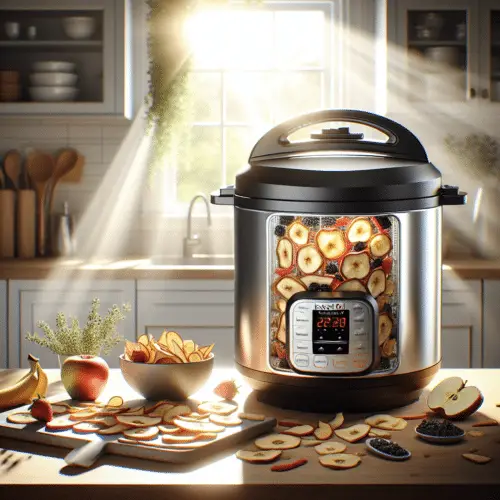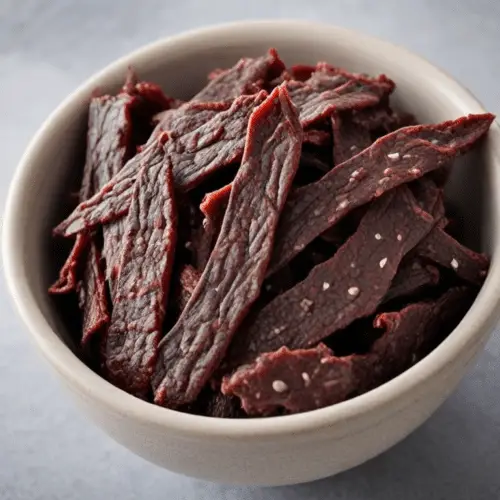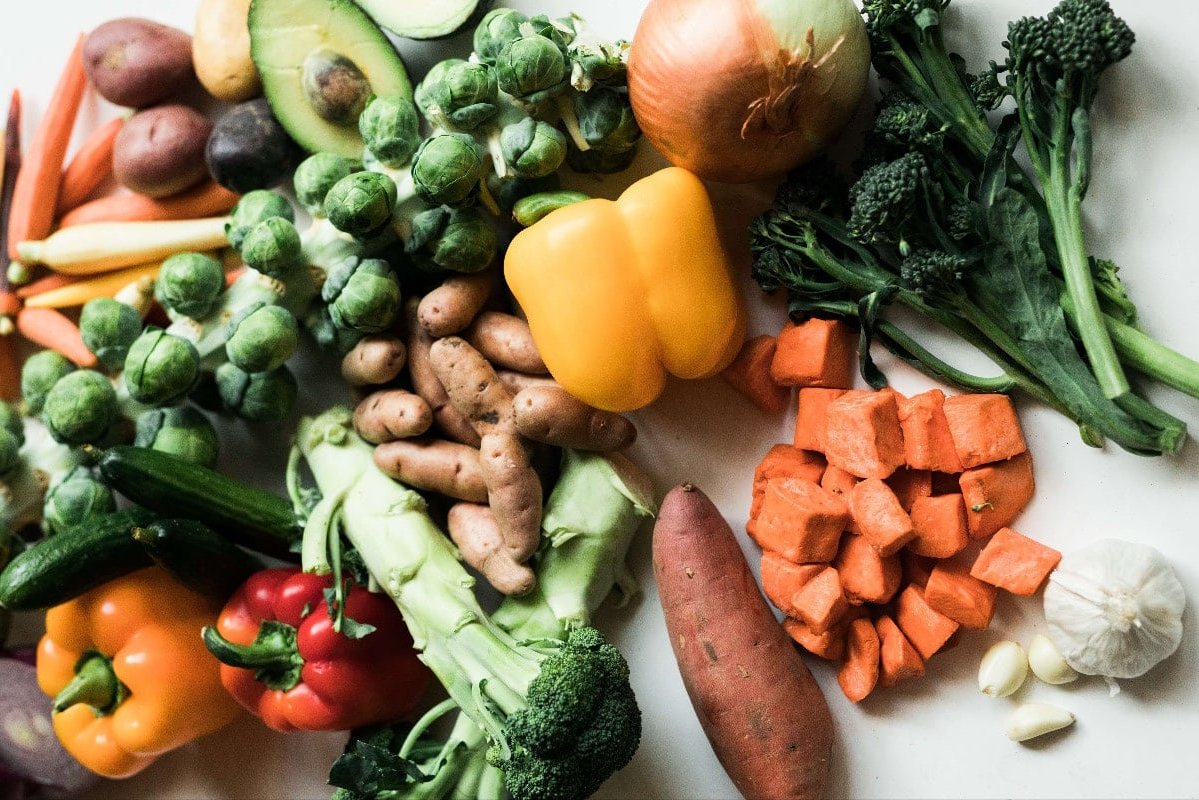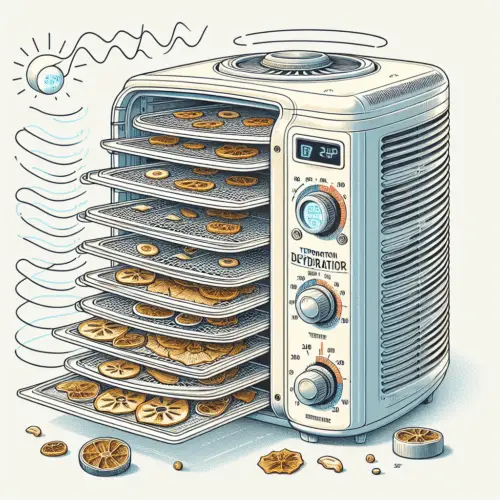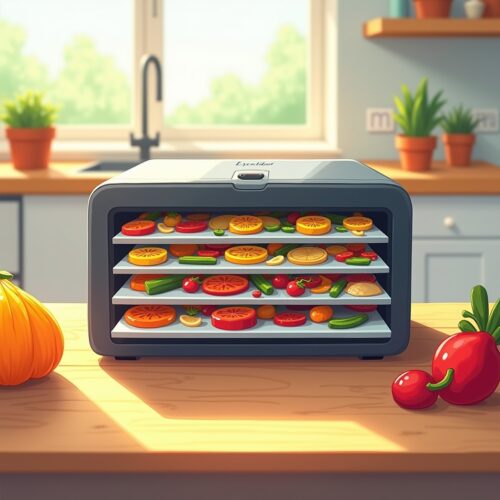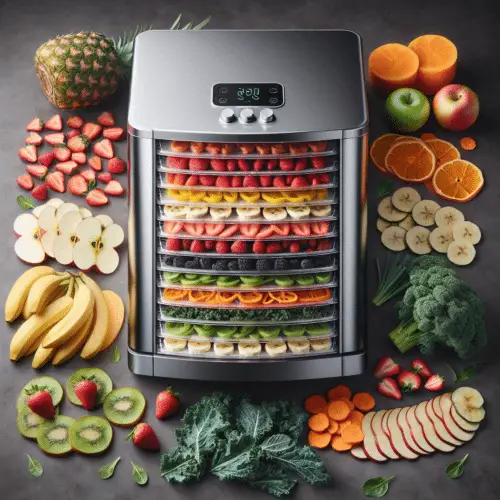Food preservation has many methods but dehydration stands out as one of the best. By removing moisture from the food you can extend its life significantly, perfect for long term storage, camping trips, and healthy snacks. A key tool to mastering this technique is the food dehydration chart. This guide will cover what is a food dehydration chart, how to use it, and why you need one if you want to dehydrate food at home.
What is a Food Dehydration Chart?
A food dehydration chart is a guide that outlines the best drying times and temperatures for different foods. Whether you’re dehydrating fruits, vegetables, meats, or herbs this chart has the specifics you need to get the best results. The chart will include information on preparation methods, recommended drying times, and temperatures for each food.
Why a Dehydration Food Chart
- Consistency: It helps you get consistent results every time you dehydrate a particular food.
- Quality: By following the times and temperatures you can preserve the nutritional value, flavor, and texture of the food.
- Safety: Proper dehydration reduces the risk of spoilage and microbial growth so your dehydrated foods are safer to eat.
Dehydration Chart Breakdown
Fruits
Fruits are the most popular food to dehydrate because of their natural sweetness and flavors. Here’s a typical fruit dehydration chart:
- Apples: Slice apples thinly and soak in lemon juice to prevent browning. Dehydrate at 135°F (57°C) for 6-8 hours.
- Bananas: Peel and slice bananas evenly. Dehydrate at 135°F (57°C) for 6-8 hours.
- Berries: Small berries can be dried whole, larger ones halved. Dehydrate at 135°F (57°C) for 10-15 hours.
- Cherries: Pit and halve cherries before drying. Dehydrate at 135°F (57°C) for 12-15 hours.
- Citrus Peel: Grate or peel citrus, then dehydrate at 125°F (52°C) for 8-12 hours.
Vegetables
Vegetables can be dehydrated and used in soups, stews, and snacks. The food dehydrator time chart for vegetables is slightly different:
- Carrots: Peel and slice thinly. Dehydrate at 125°F (52°C) for 6-10 hours.
- Kale: Wash and remove stems. Dehydrate at 125°F (52°C) for 4-6 hours.
- Peppers: Slice and remove seeds. Dehydrate at 135°F (57°C) for 8-12 hours.
- Tomatoes: Slice or halve depending on size. Dehydrate at 135°F (57°C) for 10-12 hours.
- Zucchini: Slice thinly. Dehydrate at 125°F (52°C) for 5-10 hours.
Meat and Fish
If you want to make jerky or dehydrate fish here’s the food dehydrator time chart for these:
- Beef Jerky: Slice beef thinly and marinate as desired. Dehydrate at 160°F (71°C) for 4-8 hours.
- Chicken: Cook chicken until done, then shred or slice. Dehydrate at 145°F (63°C) for 8-12 hours.
- Fish: Slice fish thinly. Dehydrate at 145°F (63°C) for 6-12 hours.
Herbs and Spices
Dehydrating herbs and spices is a great way to preserve the flavor for year round use:
- Basil: Wash and dry leaves. Dehydrate at 95°F (35°C) for 12-24 hours.
- Oregano: Wash and dry leaves. Dehydrate at 95°F (35°C) for 12-24 hours.
- Parsley: Wash and dry leaves. Dehydrate at 95°F (35°C) for 12-24 hours.
Tips for Using a Food Dehydrator Time Chart
- Preparation is Key: Proper preparation of your food before dehydrating is important. This means washing, peeling, slicing, and sometimes pre-treating (like soaking apples in lemon juice).
- Uniform Slices: Make sure pieces are sliced evenly to promote even drying. A mandoline slicer can help you get consistent thickness.
- Monitor the Process: Check your food periodically to make sure it’s drying evenly. Rotate trays if necessary and remove pieces that are done before others.
- Storage: Once dehydrated store your food in airtight containers in a cool, dark place to maximize shelf life.
Why Use a Fruit Dehydrator Time Chart
Fruits with their high water content can be tricky to dehydrate. A fruit dehydrator time chart helps to:
- Preserve Nutrients: Make sure the dehydration process retains as many vitamins and minerals as possible.
- Boost Flavour: Correct drying times and temperature concentration of natural sugars in fruits to enhance flavor.
- Prevent Spoilage: Accurate drying means fruits are fully dehydrated reducing the risk of mold and spoilage.
Don’t Do This
Even with a food dehydrator time chart, there are some common mistakes you can make:
- Overloading the Dehydrator: This will cause uneven drying. Make sure air can circulate around each piece.
- Wrong Temperature: Drying at too high a temperature will cook the food rather than dehydrate it, losing nutrients and flavor.
- Inadequate Storage: Even perfectly dehydrated food can spoil if not stored correctly. Use vacuum sealing or oxygen absorbers for long term storage.
Conclusion
A food dehydrator time chart is an essential tool for anyone who wants to become a master of food dehydration. By giving you detailed guidance on drying times and temperatures you’ll get the best results whether you’re drying fruits, vegetables, meat, or herbs. With the right preparation and attention to the dehydration process, you can create tasty, nutritious, and long lasting dehydrated food for snacking, cooking, or storing.
So get dehydrating!
Hey there, since 2016, my mission has been to provide you with the information and guides you need to make food dehydrating simple and fun. Whether you're a newbie or a seasoned pro, my site offers helpful guides, reviews, and recipes to enhance your dehydrating experience. I take pride in only recommending products I believe in, ensuring my readers' trust. As an affiliate of various programs, including Amazon Associates, your support helps me continue providing quality content. Thanks for stopping by, and happy dehydrating!
